Game of Thrones’ extinct dire wolves brought back to life after over 10,000 years
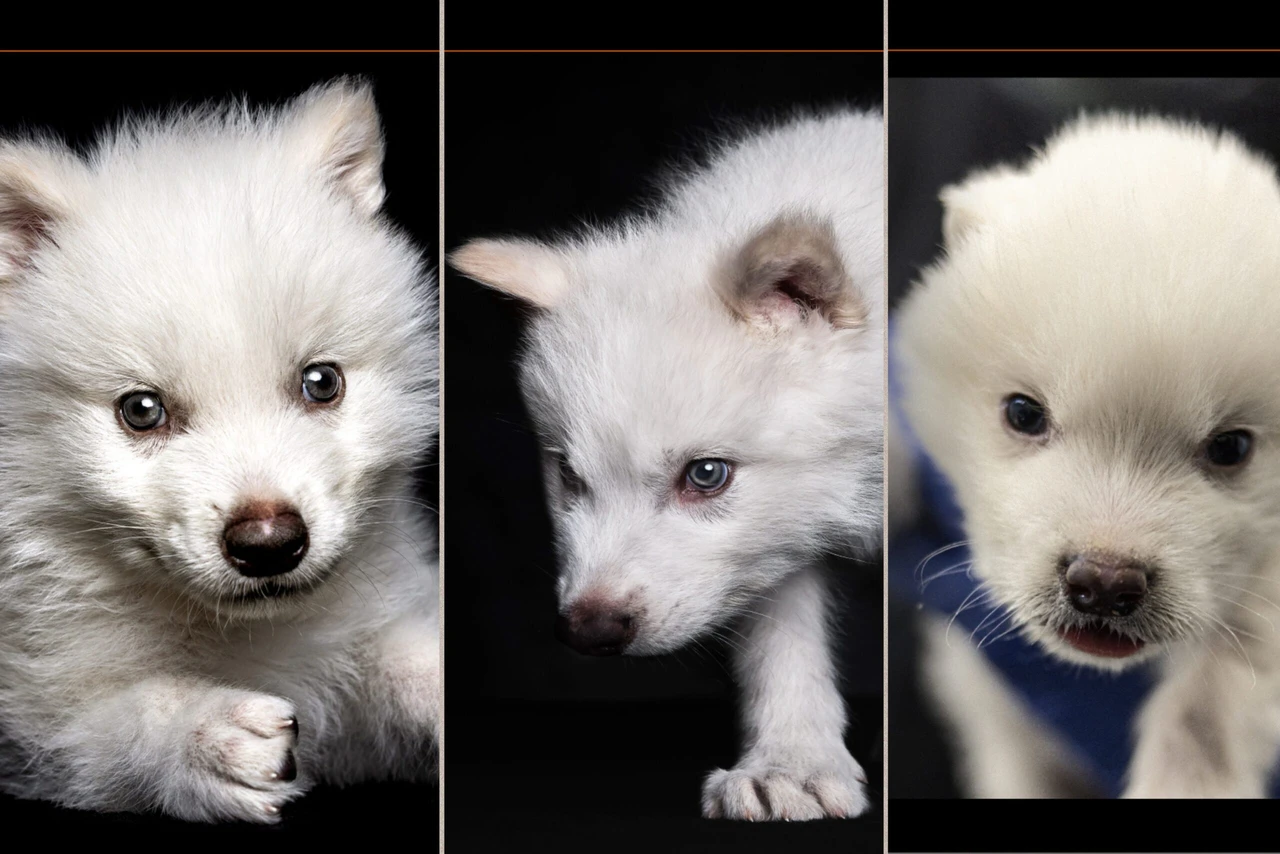 Photo collage of the three wolf pups, Remus, Romulus and Khaleesi. (Photo collage by Türkiye Today team)
Photo collage of the three wolf pups, Remus, Romulus and Khaleesi. (Photo collage by Türkiye Today team)
In a historic breakthrough for genetic science, researchers have successfully resurrected the extinct dire wolf — the legendary predator made famous by the hit TV series Game of Thrones. Using ancient DNA extracted from a 13,000-year-old tooth, scientists have produced living dire wolf pups in a laboratory for the first time.
The U.S.-based biotech company Colossal Biosciences announced the birth of three dire wolf puppies created through a pioneering process of de-extinction, marking what experts are calling one of the most significant achievements in synthetic biology.

Meet Romulus, Remus and Khaleesi
The company revealed the names of the three pups: Remus and Romulus, named after the mythical founders of Rome, and Khaleesi, inspired by the Game of Thrones character. The pups weigh around 36 kilograms (79.3 pounds) each, noticeably heavier than the average adult wolf dog.
Remus, only five months old and already tipping the scale at 35 kilograms, is well on his way to becoming one of the largest canines ever created.
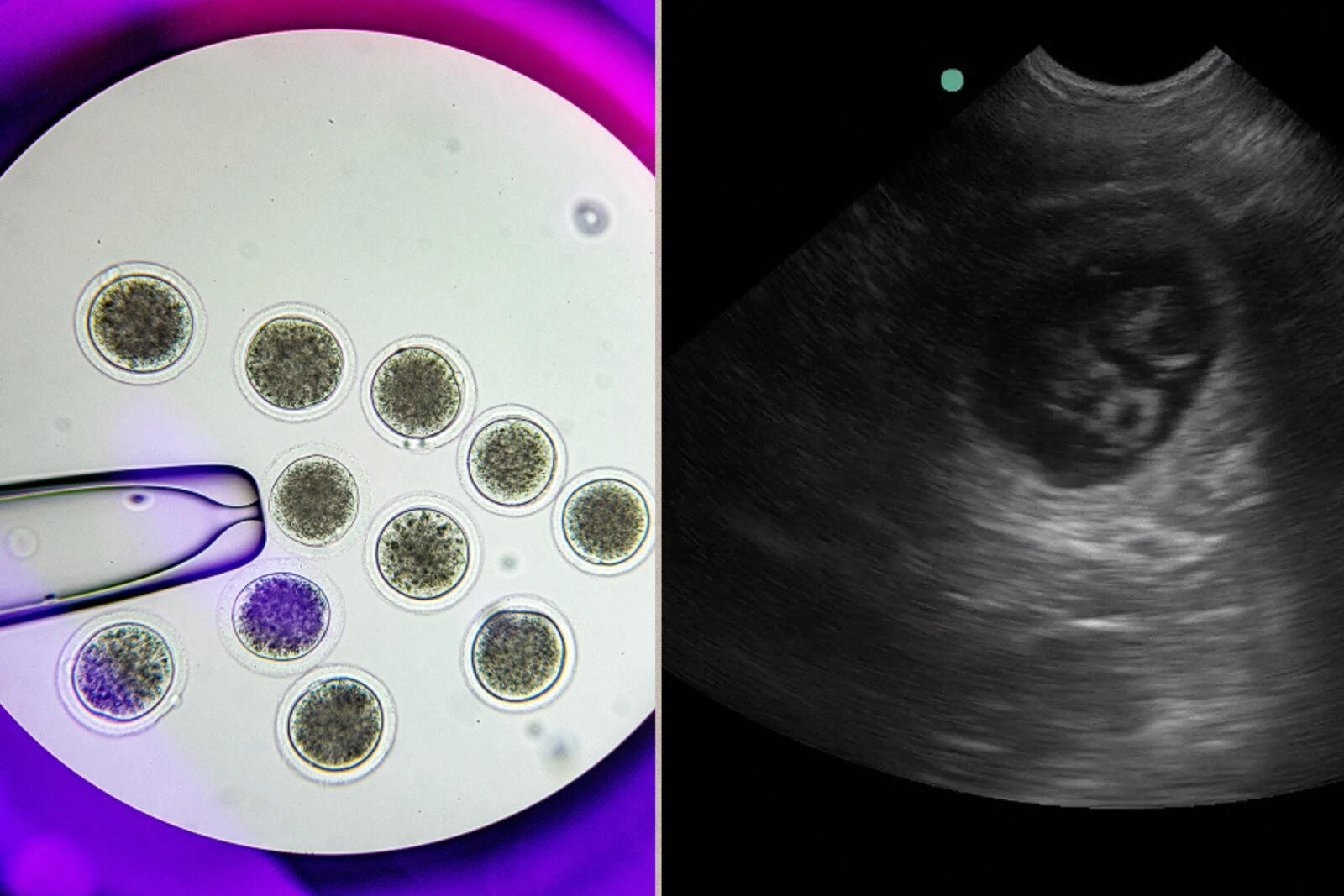
How the past came back to life
The DNA used to revive the species was extracted from fossilized remains: a 72,000-year-old skull found in Idaho and a 13,000-year-old tooth discovered in Ohio. According to Dr. Beth Shapiro, Colossal’s Chief Science Officer, the process of sequencing usable DNA from these ancient samples was extremely challenging due to poor preservation.
“They didn’t live in cold climates, so the DNA was not well preserved,” Shapiro told Bloomberg.
To bridge the genetic gaps, scientists harvested cells from living gray wolves and made over 20 genetic edits to replicate the dire wolf’s physical traits, including its iconic white fur and massive musculature.
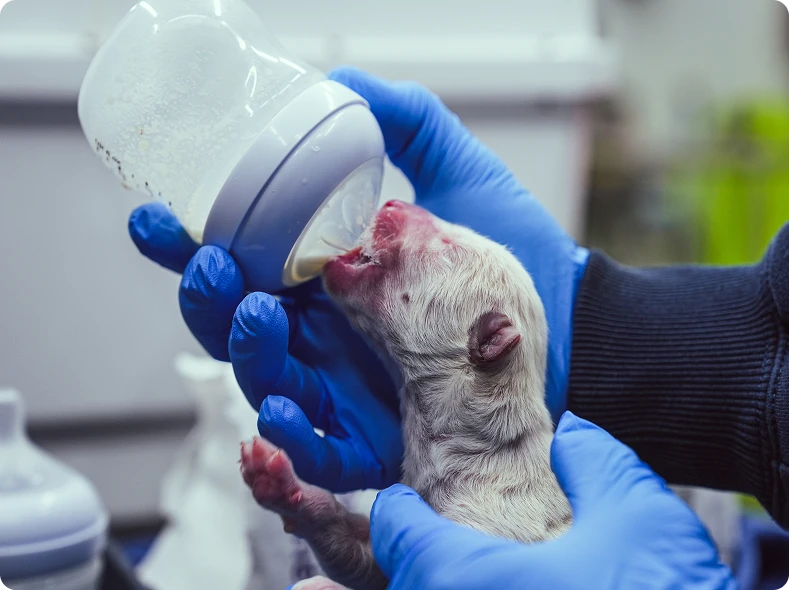
‘My God, this thing is huge!’
The first dire wolf pup was delivered by cesarean section and implanted in a domestic dog acting as a surrogate mother. Colossal’s Matt James recalled his reaction at seeing the newborn.
“My God, this thing is huge!” he said, describing the pup’s remarkable size. He helped the animal take its first breath by gently rubbing it between two towels.
The pups are now thriving, nourished with a protein-rich diet of beef, venison, horse meat, and custom-formulated dry food.
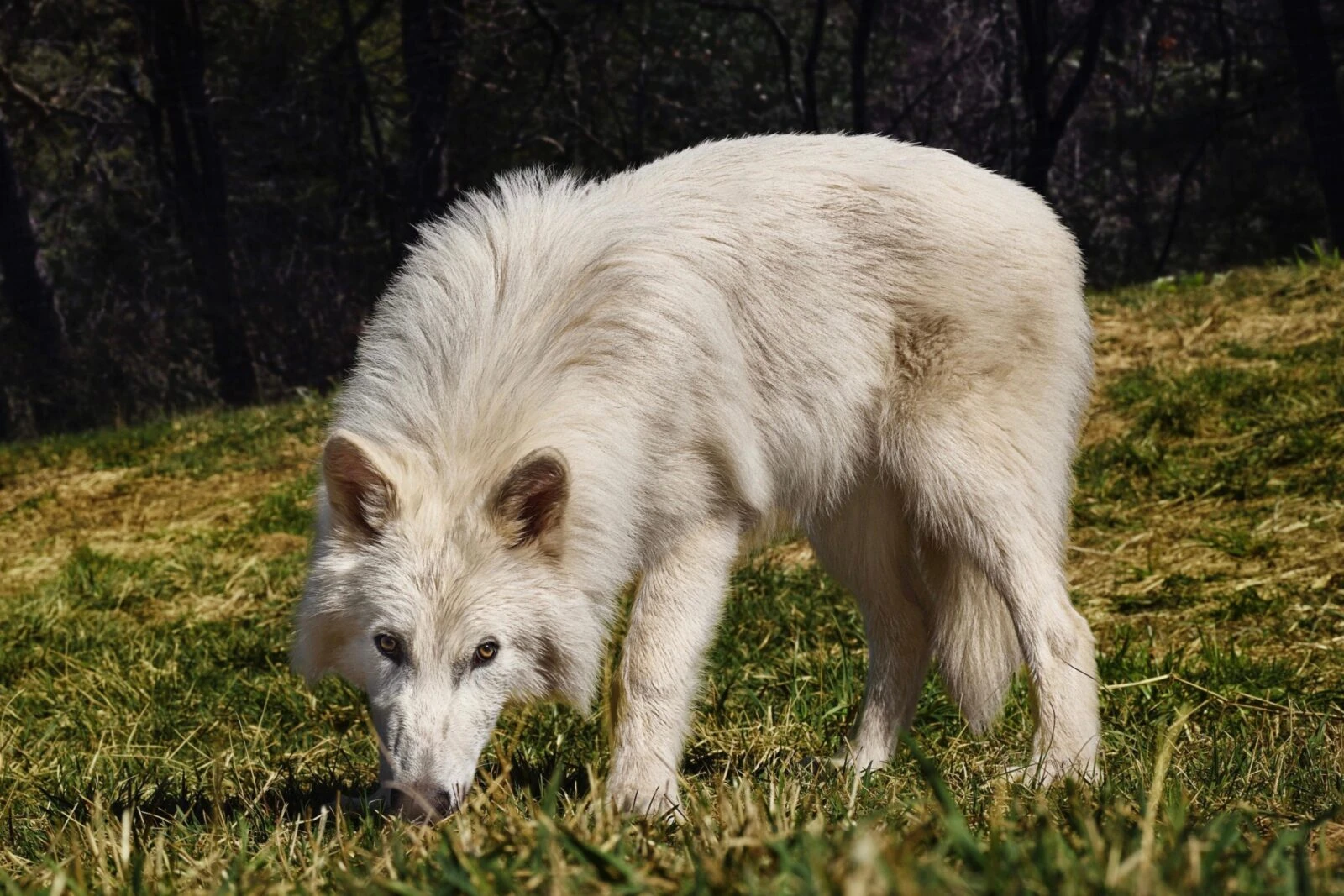
The world’s largest dogs in the making
These reborn wolves are expected to grow 20% to 25% larger than today’s gray wolves, reaching a projected adult weight of up to 63.5 kilograms—making them the largest canines on Earth.
Once widespread across the plains of North and South America during the Pleistocene epoch, dire wolves disappeared around 12,000 years ago. But now, they roam again—at least in controlled environments.
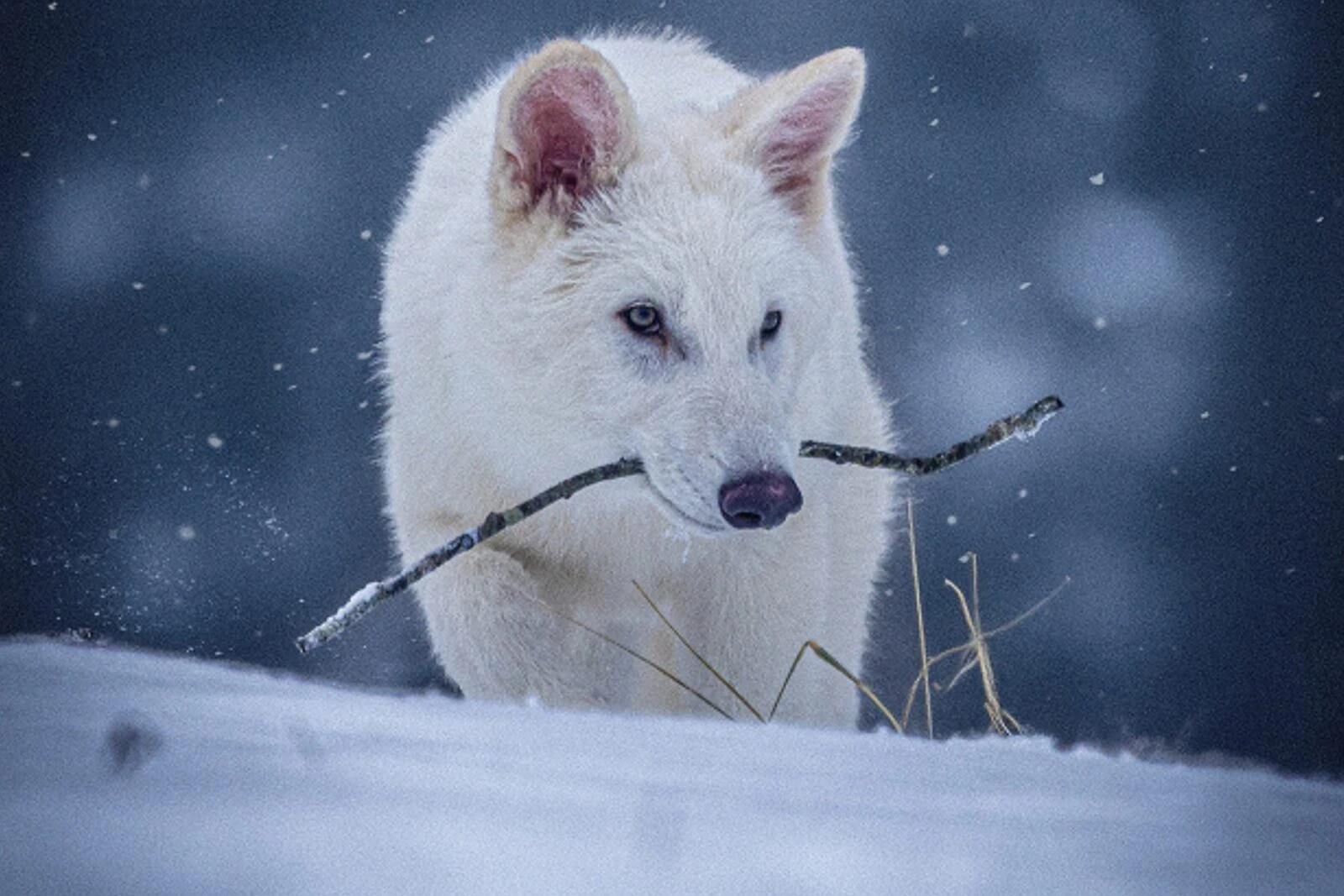
De-extinction: The future of conservation?
Colossal Biosciences previously made headlines in 2022 with its ambitious goal to bring back the woolly mammoth. The Dallas-based company, currently valued at $10.2 billion, has since created a genetically engineered woolly mouse and is pushing forward with other resurrection projects.
The team has also successfully bred two pups from one of the world’s most endangered canids—the red wolf. The newborns were named Hope, Blaze, Cinder, and Ash.
The achievement has been described by reproductive biologist Darya Tourzani, a key member of the project, as “the best of science fiction becoming science fact.



